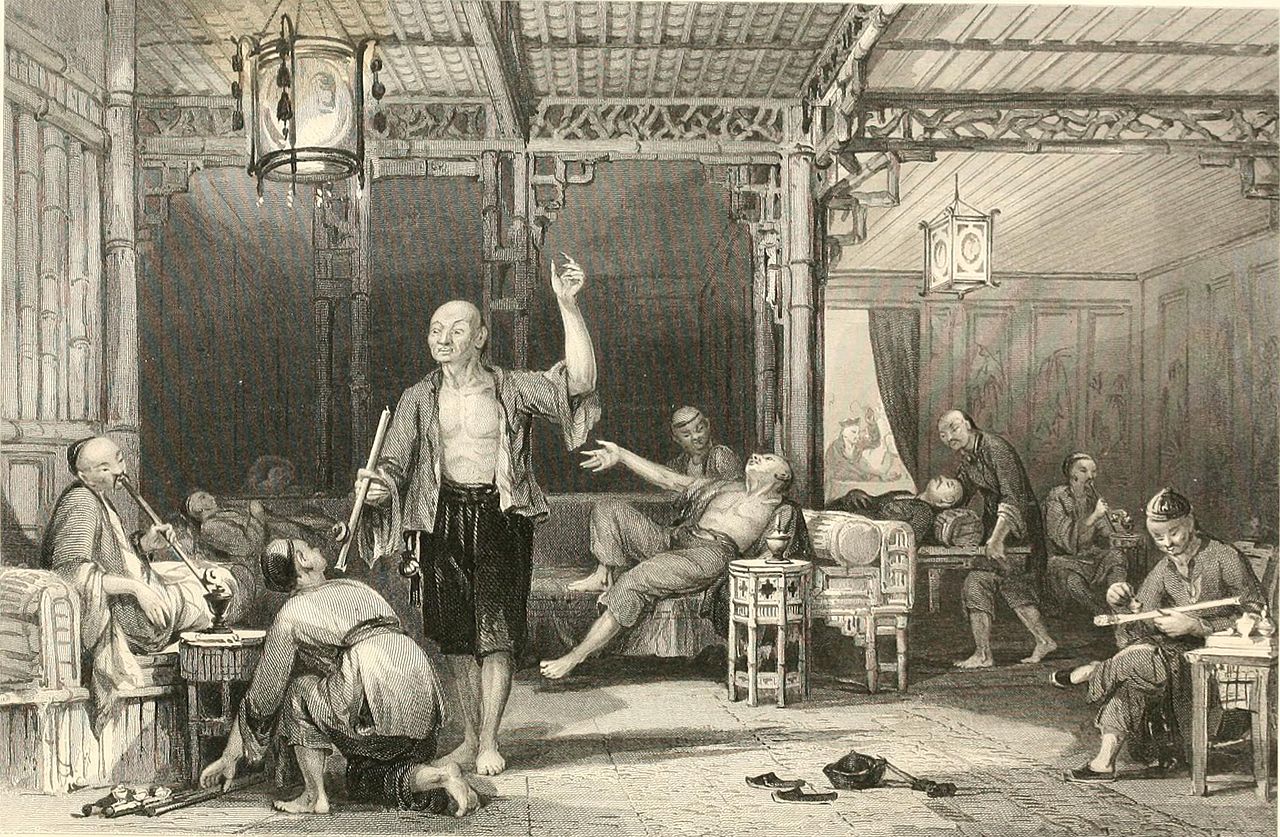While opioids are currently limited to drug addicts and the terminally ill in America, there was a time when the drug was much more common. Back in the 18th and 19th centuries, the drug was often eaten, drunk or smoked to obtain a sense of well being, euphoria and relaxation in Chinese citizens. In America, tobacco smoking was widespread in the 17th century, influencing the nation of China to adopt tobacco that would eventually lead to smoking opium.
How The Chinese Opium Problem Began
Opium was first introduced to China by Arab and Turkish traders. At the time, it was used as a pain reliever in limited quantities. Soon, Great Britain began capitalizing on the new drug, exporting Opium from India and selling it to China. As a result, Great Britain got a number of luxury goods from China, like porcelain, tea and silk, while the Chinese had a growing addiction that led to social and economic problems.
The Chinese import of Opium increased from 200 chests each year in 1729 to 40,000 chests a year by 1838. The Qing dynasty attempted to curb the country's addiction but was met with hostility. Two following battles, dubbed the Opium Wars, took place. China lost both, and the country experienced even more unrest.
The End of The Opium Trade
In 1906, the West's trade with China declined, allowing the Qing government to regulate trade, growth, and use of Opium. A year later, the Chinese government signed an agreement with India to prevent the native cultivation and consumption of Opium. By 1917, the Chinese opium trade was almost entirely stopped.
During the Second World War, the opium trade routes extending from southeastern to southwestern India were closed temporarily. By 1949, opium smoking was finally eradicated thanks to the Chinese communist.

